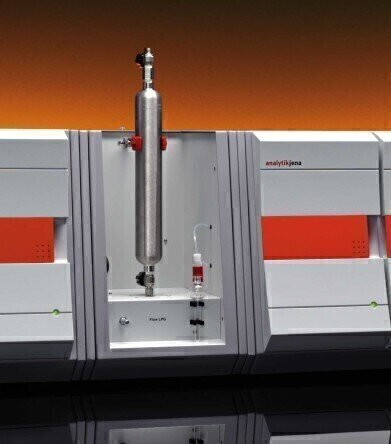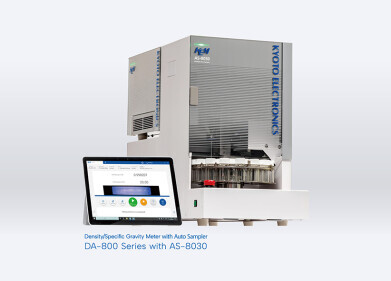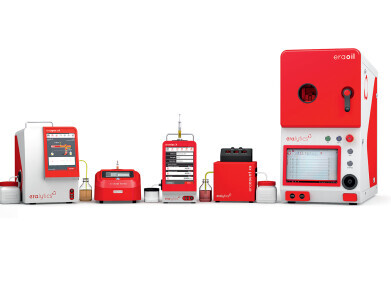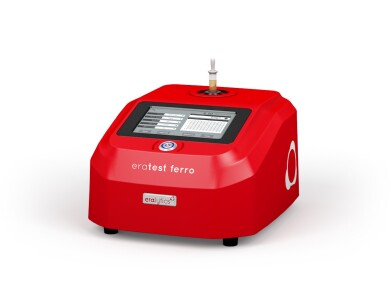Analytical Instrumentation
Reliable determination of chlorine content in Liquefied Gases / LPG
Jun 23 2010
You are looking for the optimum solution for analysing LPG samples? The elemental analyser multi EA 5000 is able to determine nitrogen, sulphur and chlorine content in a broad concentration range. Combined with application-optimised sample gas systems, liquid gases, highly pressurised gases, but also gases relaxed to normal pressure can be analysed for element contents in the range of ultra-traces up to percentages. In only one single cycle, the sulphur, nitrogen and carbon content is determined simultaneously, and chlorine is determined sequentially.
Introduction
LPG (liquefied petroleum gas) is a liquefied gas. It is chiefly composed of C3 and C4 hydrocarbons with single or double bonds, e.g. propane, butane, propylene, and butylene. These compounds can easily become liquefied even at room temperature and with a pressure above 5 bar. It is mainly used as a combustible and fuel (heating appliances and vehicles, etc.) or as raw material for the chemical industry and polymer industry.
Sample preparation and analysis
An analyzer multi EA® 5000 was used in combination with the automated LPG module for the analysis in vertical operation mode. A volume of 50 µl of each of the liquefied gases was dosed with the LPG module. The vertical mode is particularly well-suited for the determination of element contents in trace and ultratrace ranges. The biphasic combustion process and the use of a surplus of oxygen ensure the complete oxidation of the various sample matrices. Following the combustion, the chlorine content of the samples is determined using the “high sensitive” titration cell.
For LPG analysis the multi EA® 5000 can also be calibrated with suitable liquid standards. This is especially interesting for analyses in the trace range because no suitable calibration gases (LPG) can be manufactured for this purpose.
Method settings
The method TCl_verti_LPG of the standard method library was used for analyzing.
Prior to the actual determination, the system is calibrated using chlorine standard solutions (2,4,6-trichlorophenol in iso octane).
Results
| Sample | cCl[mg/l] | SD [mg/l] | RSD [%] |
| Butane/propane mix | (< 0.1) nn | nn | nn |
| Propane 1 | 0.23 | < 0.01 | 1.21 |
| Propane 2 | 0.11 | < 0.01 | 2.84 |
Summary
The analyzers of the multi EA® Series itself are particularly well-suited for the determination of the smallest amounts of chlorine in liquefied gases of various compositions. To optimize the analysis process, the volume of the dosed sample can be adjusted to match the expected element concentration of the sample. For analyses in the trace range, a maximum volume of 50 µl should always be used. The dosing of the samples takes place fully automated and with the utmost precision. This is reflected in an exceptionally small variance of the measured values for the matrix and tested concentration level.
Moreover, the analysis system can be upgraded with accessory modules for the determination of the elements sulfur, nitrogen, and carbon.
More application notes: Click Here
Digital Edition
PIN 25.2 Apr/May
April 2024
In this Edition Safety - Carbon monoxide toxic and flammable gas detection Analytical Instrumentation - Density: A fundamental parameter at critical stages within the petroleum sector...
View all digital editions
Events
May 03 2024 Seoul, South Korea
May 05 2024 Seville, Spain
May 06 2024 Riyadh, Saudi Arabia
May 06 2024 Houston, Tx, USA
May 06 2024 Houston, Tx, USA


















